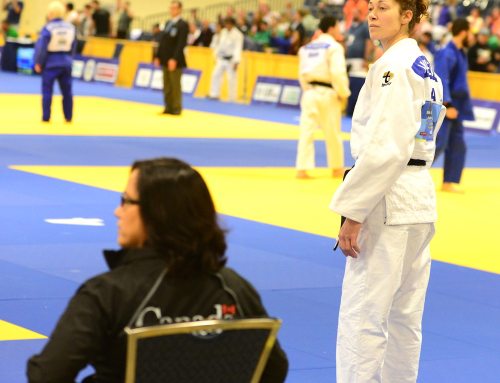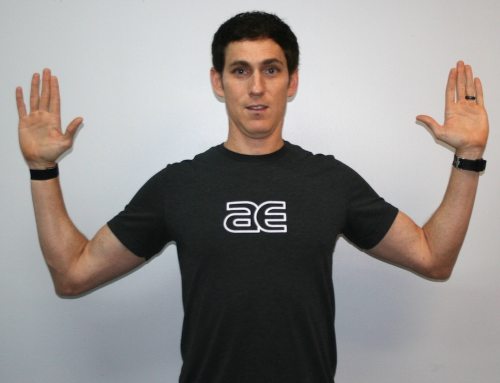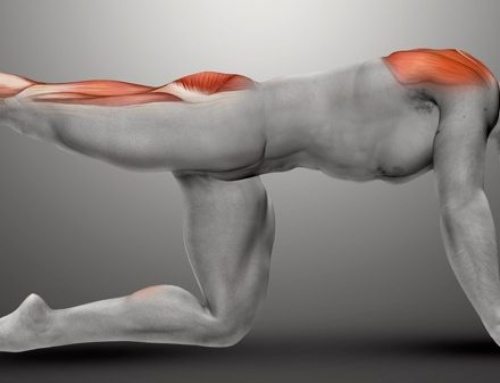
By Brian Schiff
Running form is a hot topic in running circles today. There are many different body types and styles across the spectrum of recreational runners. The million-dollar question is, what form (if any) is preferable for maximal performance and injury prevention?
Locally and nationally, researchers are studying the effects of barefoot running and the injury patterns among different running styles and footwear. While I am not convinced there is a “one size fits all” approach to running, there are some very real biomechanical issues related to form that impact performance and injury patterns.
In order to address potential running flaws and form, it is prudent to undergo a comprehensive assessment that includes a physical screen and running analysis. Such an evaluation would include:
- Mobility testing
- Flexibility and strength assessment
- Foot type and footwear evaluation
- Video gait analysis
Predicting injury risk and maximizing form is an individual thing. Understanding how you run and what the relative risk factors and implications for your body are, based on structural variables and any physical restrictions, is essential information if you plan to run injury-free on a regular basis.
While many runners are aware of basic concepts – arch type, pronation and heel- vs. forefoot-striking, to name a few – very few take time to analyze their own form. Those who are injury-free may even argue there is no need to. However, keep in mind that running is both repetitive and cumulative in nature. In essence, this means many runners may not experience pain or injury until they reach a certain threshold of running (mileage, intensity or both).
As such, they may unknowingly be slowly creating an overuse injury or reinforcing a faulty movement pattern with every training run that will eventually impact their performance. Unfortunately, this leads to subtle compensations over time. Additionally, the brain always chooses the path of least resistance in human movement to be efficient. It will execute a different motor strategy or new movement pattern if needed to mask a breakdown in the proper one. This is even more apparent when pain is present.
Aside from injury risk, other reasons to assess your running form include:
- Define strike pattern
- Detect asymmetrical leg patterns
- Observe trunk and pelvis alignment
- Assess arm swing and alignment
- Effectively guide training exercises
If you have battled running injuries in the past or want to optimize your running form, the perfect time to address movement flaws and running is in the offseason. Once any physical restrictions or form issues are detected, runners can dedicate time to a training regimen designed to eliminate physical imbalances and gradually begin to modify their running mechanics as needed.
# # #
Brian Schiff, PT, CSCS, is a sports physical therapist and supervisor at the Athletic Performance Center in Raleigh. The APC in Raleigh and Cary currently offer a RunSmart Assessment, available in group and individual formats. For more information, visit www.apcraleigh.com or www.apccary.com.





